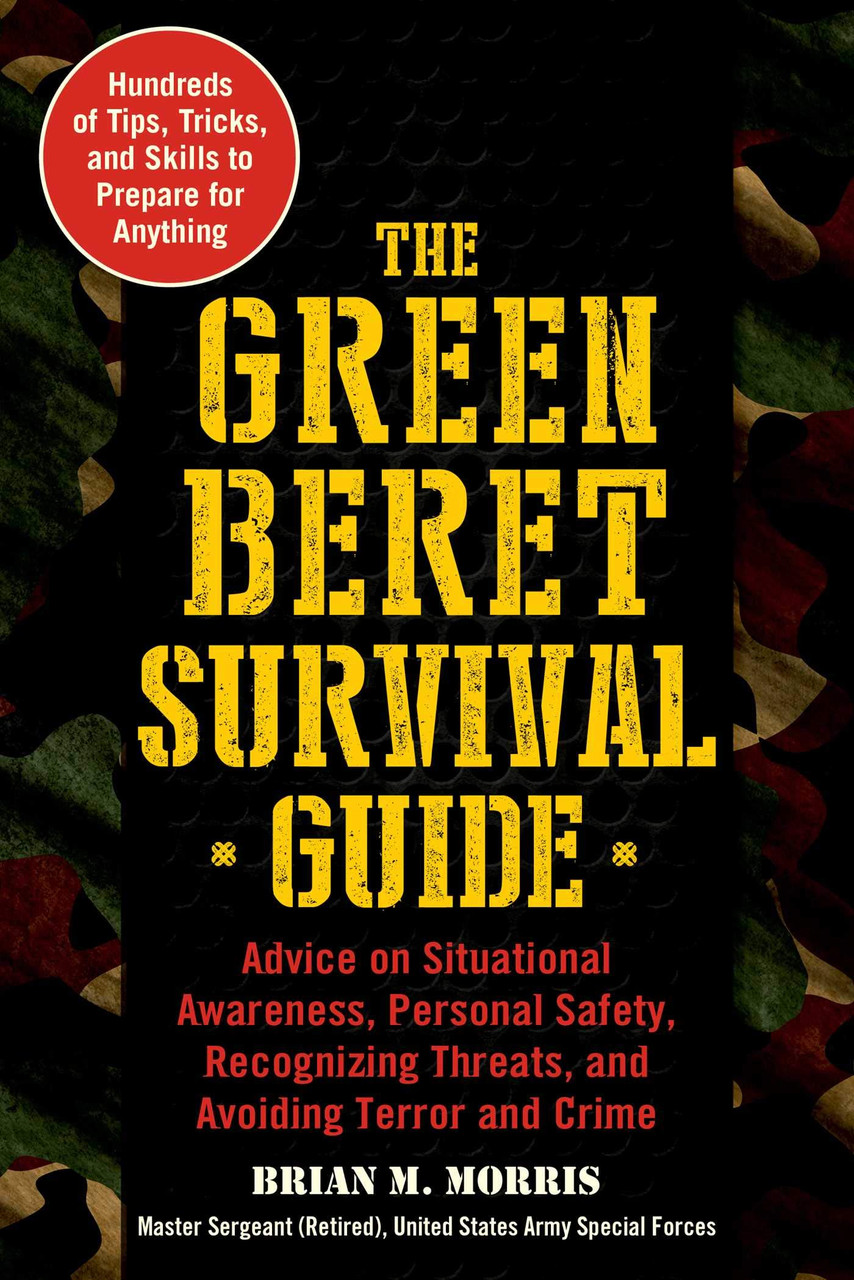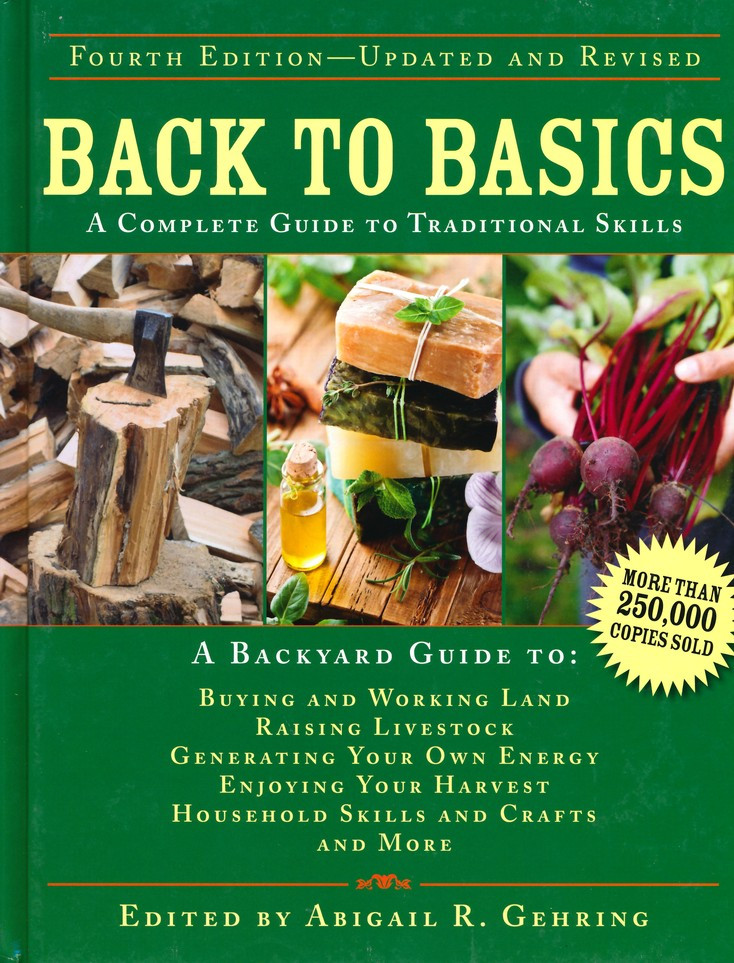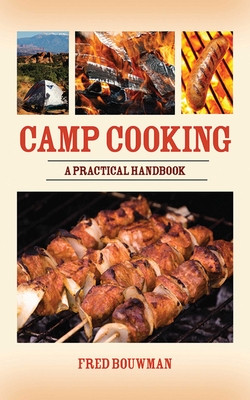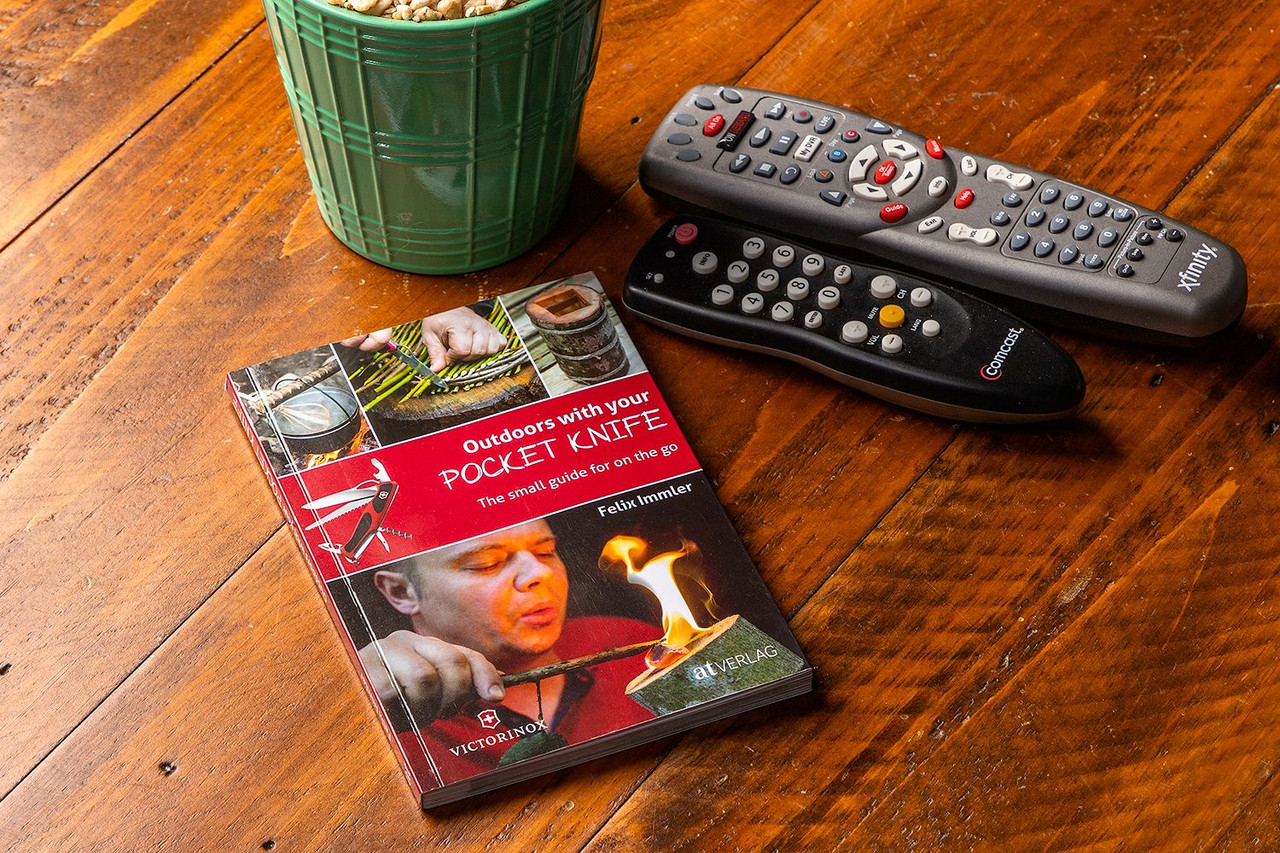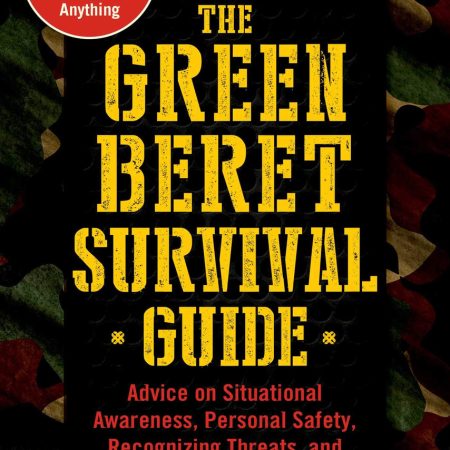| Content | Today's society is one in which we, as individuals, are constantly barraged by the threat of domestic terrorism. The ever-present fear for your safety and the safety of those we love can overwhelm you if you aren’t sure how to protect yourself. Luckily, distinguished combat veteran Brian M. Morris's Green Beret Survival Guide is here to help ease your fears.
Using his firsthand knowledge from the field as a Green Beret, Morris concisely outlines the steps that are necessary towards increasing one’s personal safety. Over the course of several chapters, Morris describes the importance of situational awareness, meaning staying alert, being aware of your surroundings, and understanding the reality of threats that you may face in any given situation. An individual with good situational awareness never takes anything for granted and makes security a part of his or her daily routine. By being observant and practicing several different methods of observation, one can avoid falling prey to terrorist, thieves, and other criminals.
| Will you be a ready for a dozen different kinds of disasters, including hurricanes, civil unrest, mass shootings, and wildfires?
You want to be prepared for whatever emergencies come your way. While prepping for a dozen different disasters may sound like a daunting task, there’s good news.
Preparing for a wide variety of disasters requires the same basic supplies as preparing for one or two. For each event, there will be some special steps, unique information, and precautions you need to take, along with a few additional supplies, but your essentials will be the same. Learn how to prepare for:
- Earthquakes
- Tornadoes
- Hurricanes
- Winter Storms
- Wildfire Evacuations
- Pandemics
- Nuclear Disasters
- Mass Shootings
- Civil Unrest
- Economic Crises
- And More!
With directions, helpful appendices, checklists, and general guidance to getting prepped, this book will get you away from panic and straight to safety. | Over 200,000 copies sold—fully updated! Dye your own wool, raise chickens, make your own cheddar cheese, build a log cabin, and much much more.
Anyone who wants to learn basic living skills—the kind employed by our forefathers—and adapt them for a better life in the twenty-first century need look no further than this eminently useful, full-color guide.
Countless readers have turned to Back to Basics for inspiration and instruction, escaping to an era before power saws and fast-food restaurants and rediscovering the pleasures and challenges of a healthier, greener, and more self-sufficient lifestyle.
Now newly updated, the hundreds of projects, step-by-step sequences, photographs, charts, and illustrations in Back to Basics will help you dye your own wool with plant pigments, graft trees, raise chickens, craft a hutch table with hand tools, and make treats such as blueberry peach jam and cheddar cheese. The truly ambitious will find instructions on how to build a log cabin or an adobe brick homestead.
More than just practical advice, this is also a book for dreamers—even if you live in a city apartment, you will find your imagination sparked, and there’s no reason why you can’t, for example, make a loom and weave a rag rug. Complete with tips for old-fashioned fun (square dancing calls, homemade toys, and kayaking tips), this may be the most thorough book on voluntary simplicity available. | Camp Cooking covers it all: from meat, to fish, to vegetables, baked goods and sauces. Fred Bouwman explains it all in easy-to-follow steps. This information has been tested and retested in the field. Much of it is just not available anywhere else and Bouwman lets his expertise run wild here. Chapters include information on building campfires that are serviceable for cooking, selecting the best camp stove, utensils, and how to pack and carry a camp "kitchen." Bouwman also looks at the myths and the facts of safe water purification while camping, and teaches methods for safely purifying your water supply. The book closes with a great section on selecting using the wide selection of foods available to today's camper.
| This is the illustrated official field manual used by US Army doctors and soldiers in the field. It offers profession, proven advice on dealing with infections, head injuries, fractures, burns, and more. For active-duty soldiers, first-responders, and anyone who might find themselves in a survival situation, it is a remarkable resource.
Military surgeons must assume a leadership role in combat casualty care in circumstances that are far less than ideal. This handbook provides much of the information needed to tackle these issues and features state-of-the-art principles and practices of forward trauma surgery as used by military physicians in far flung locations around the globe. Subjects include:
- Hemorrhage Control
- Shock and Resuscitation
- Vascular Access
- Anesthesia
- Face and Neck Injuries
- Thoracic Injuries
- Wounds and Injuries of the Spinal Column and Cord
- Amputations
- Radiological Injuries
- Biological Warfare Agents
- Chemical Injuries
- And much more!
Featuring nearly 200 illustrations demonstrating proper techniques, Emergency War Surgery is the most trusted and up-to-date manual offered by the Department of Defense for military medical personnel in the field.
| The Pocket Guide To Animals / Tracks lets you decipher the clues left behind in nature. Fully illustrated, the Pocket Guide to Animal Tracks features illustrations of numerous birds and other animals, with their tracks alongside, so you can quickly and easily figure out the tracks you're looking at. A ruler along the page edge lets you size the footprints you find for even better identification. The Pocket Guide to Animals and Tracks is a must-have for anyone who spends time outdoors, from hikers and backpackers to birders and nature lovers!
|
